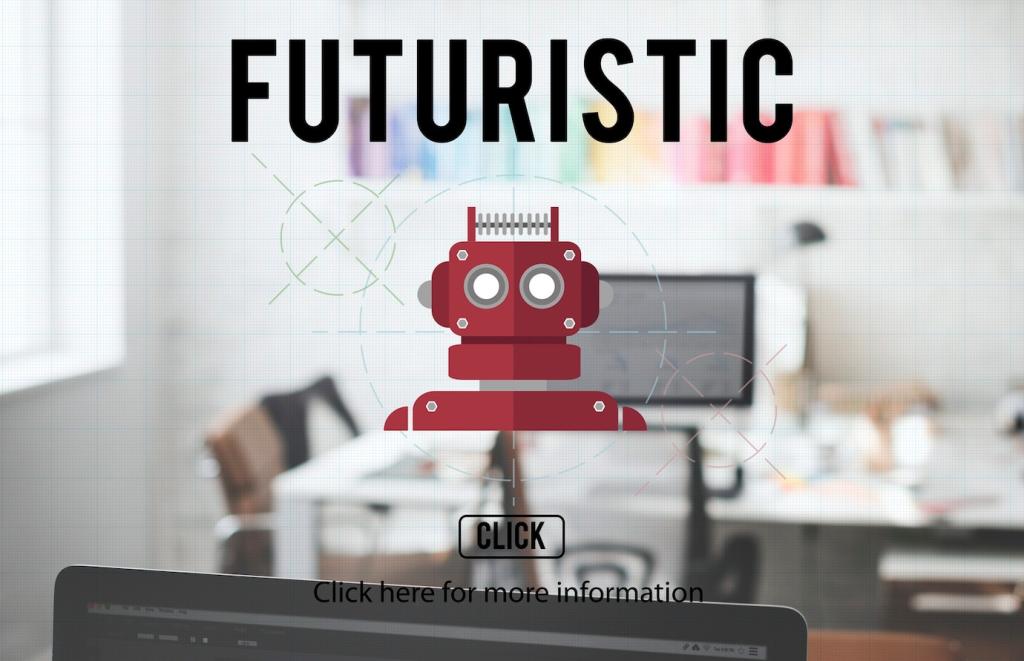Case Studies: AI Impact on Supply Chain Management
Artificial Intelligence (AI) has emerged as a transformative force in supply chain management, unlocking new levels of efficiency, visibility, and agility across industries. By leveraging advanced analytics, machine learning, and automation, companies are revolutionizing the way they forecast demand, manage inventory, streamline logistics, and mitigate risks. The following case studies demonstrate how leading organizations are implementing AI to solve real-world supply chain challenges, achieve measurable improvements, and build resilience in an ever-changing global marketplace.

Enhancing Demand Forecasting Accuracy
A global retail giant implemented AI-based predictive analytics to improve demand forecasting across its hundreds of stores and distribution centers. By integrating historical sales data, social media trends, and real-time local events into its forecasting models, the company significantly reduced forecasting errors. This allowed for smarter inventory allocation, minimizing instances of both overstock and out-of-stocks. The AI system enabled continuous recalibration, ensuring forecasts stayed accurate even in the face of changing consumer preferences or unforeseen events. As a result, the retailer saw improved customer satisfaction, optimized inventory levels, and substantial cost savings across its supply chain operations.
A leading automotive manufacturer struggled with fluctuating demand for replacement parts, often resulting in critical shortages or costly surpluses. The company deployed a machine learning platform that analyzed years of sales histories, vehicle usage data, and macroeconomic indicators. By uncovering subtle demand patterns and early warning signals of market shifts, the AI solution empowered the supply chain team to proactively adjust order quantities and distribution strategies. Over several quarters, the manufacturer experienced a marked improvement in overall supply chain responsiveness, significantly decreasing backorder rates while maintaining leaner inventories.
A multinational food and beverage supplier faced persistent issues with perishable inventory loss due to inaccurate forecasts. To address this, the company employed advanced AI-driven forecasting tools that considered factors such as weather forecasts, regional promotions, and even local events impacting consumption. AI models identified hidden variables influencing demand and generated daily updated projections for each product line. This approach led to increased forecast precision, less spoilage, and a gradual reduction in food waste. The company also enhanced its ability to meet service level targets, strengthening relationships with retail partners.


AI-Driven Route Optimization Accelerates Deliveries
A prominent e-commerce logistics provider revolutionized its distribution model by deploying AI-powered route optimization software. The system continuously analyzed traffic patterns, weather conditions, and package volumes, allowing the company to dynamically adjust delivery routes in real-time. As a result, they achieved a consistent reduction in average delivery times and fuel consumption while handling higher package volumes during peak periods. Couriers reported less time spent in transit, and customers received their packages faster than ever before, reinforcing the company’s market-leading reputation for reliability.
Robotics Transform Warehouse Operations
An international consumer goods distributor turned to AI-enabled robotics to enhance warehouse throughput and accuracy. Collaborative robots, guided by AI, mapped optimal picking routes, coordinated inventory movements, and intelligently grouped orders to minimize handling time. The system learned from daily operations, getting better at adapting to new inventory layouts and evolving customer order profiles. These advancements reduced human error, boosted order fulfillment speed, and lowered operational costs, allowing the distributor to scale operations seamlessly during high-demand seasons.
Predictive Maintenance for Fleet Reliability
A leading transportation company faced mounting costs from unexpected truck breakdowns and maintenance delays. To combat this, it deployed an AI-based predictive maintenance system that monitored vehicle sensor data, driving behavior, and historical breakdown records. The AI proactively identified trucks at heightened risk of failure, prompting timely maintenance before serious issues developed. This shift from reactive to predictive maintenance extended vehicle lifespans, reduced costly service interruptions, and kept deliveries on schedule, strengthening overall customer satisfaction.
Pharmaceutical Company Reduces Excess Inventory
A major pharmaceutical distributor struggled with costly excess inventories due to conservative stocking policies. To remedy this, the company implemented an AI-driven platform that analyzed sales cycles, product shelf-lives, and market demand signals. The solution generated precise restocking recommendations and safety stock levels, customized for each drug’s regional demand variability and expiration risks. As a result, excess stock levels dropped, inventory turnover rates improved, and cash flow constraints eased—without sacrificing product availability or compliance standards in critical markets.
Apparel Brand Enhances Replenishment Efficiencies
A fast-fashion apparel brand faced frequent out-of-stock scenarios on trending items, leading to lost sales and dissatisfied customers. The company deployed an AI-powered system that continuously monitored point-of-sale data and online shopping trends, dynamically adjusting store replenishment orders in near real-time. These automated insights drove improved shelf availability and prompt restocking of popular items. The brand experienced increased sell-through rates, higher store revenues, and lower markdown costs, giving it a competitive edge in the dynamic world of fashion retail.
Electronics Manufacturer Cuts Holding Costs
An electronics manufacturing firm grappled with high carrying costs due to slow-moving components and obsolete stock. By implementing AI-enabled demand sensing and automated procurement triggers, the company gained the ability to predict production peaks and valleys with greater accuracy. The AI system flagged potential slow-movers, recommended timely liquidation strategies, and automatically placed replenishment orders only when justified by real demand signals. Over two fiscal years, the manufacturer realized a double-digit decrease in inventory holding costs and improved working capital efficiency.
